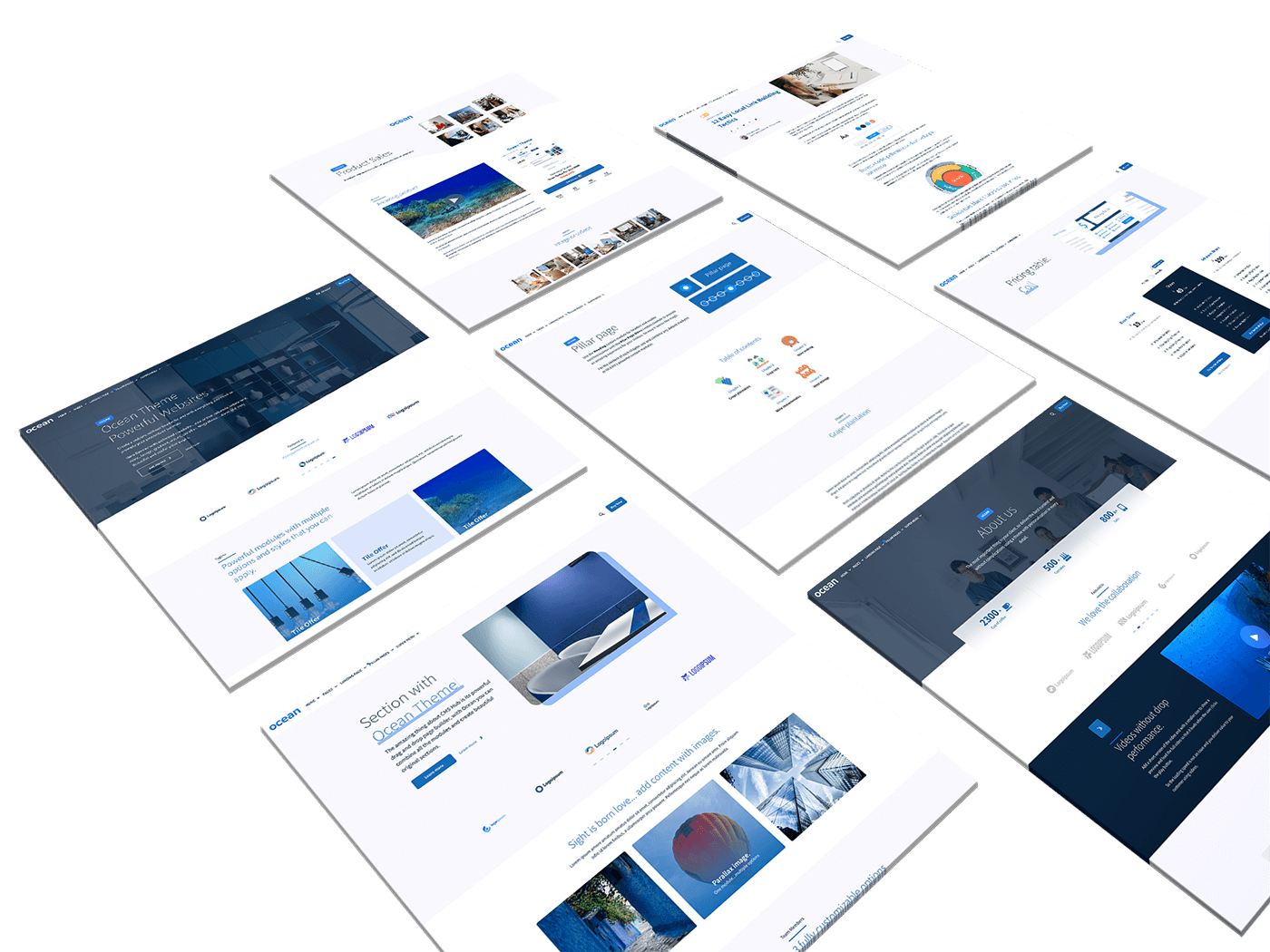Table of Content
Table of Content
Provide the best experience so they love your website
%2016.29.02.png?width=1720&height=1358&name=Captura%20de%20pantalla%202024-07-05%20a%20la(s)%2016.29.02.png)
Introduction
Purpose of the Document

Advanced analytics is a powerful feature that provides users with comprehensive data analysis tools, facilitating deep insights and informed decision-making. This feature encompasses a range of functionalities including custom report generation, data visualization, predictive analytics, and machine learning algorithms.
Users can create tailored reports that highlight key performance indicators, trends, and anomalies, making it easier to track progress and identify areas for improvement. Data visualization tools such as interactive charts, graphs, and dashboards transform complex data sets into intuitive visual formats, aiding in quick comprehension and analysis.
Predictive analytics leverages historical data to forecast future trends, enabling proactive strategies and risk management. Advanced analytics is essential for businesses looking to harness the power of data to drive growth and innovation.
Cloud integration is a critical feature that ensures seamless connectivity between software applications and popular cloud storage services like Google Drive, Dropbox, and OneDrive. This integration allows users to store, access, and share files from any device with an internet connection, promoting flexibility and mobility.
Scope
Cloud integration enhances data security by providing encrypted storage solutions and automated backups, safeguarding information against data loss and cyber threats.
It also facilitates real-time collaboration by enabling multiple users to work on the same files concurrently, with changes being synchronized across all devices.
By integrating with cloud services, businesses can streamline their workflows, reduce dependency on local storage, and ensure that their data is always accessible and up-to-date.
Audience
Push notifications are a vital feature for mobile apps, providing timely alerts and updates directly to users' devices. These notifications can inform users about new messages, upcoming events, special promotions, or important updates, keeping them engaged and informed. Push notifications are highly customizable, allowing businesses to segment their audience and send targeted messages based on user behavior and preferences.
This personalization increases the relevance and impact of the notifications, enhancing user experience and retention. Furthermore, push notifications can be interactive, enabling users to take immediate actions such as replying to messages, confirming appointments, or making purchases directly from the notification. By leveraging push notifications, apps can maintain continuous engagement with their users and drive higher levels of interaction and loyalty.
In-app messaging is a feature that facilitates direct communication between users within the app, enhancing interaction and community building. This feature supports various message formats including text, images, videos, and voice notes, allowing users to express themselves creatively and effectively. In-app messaging can be used for one-on-one conversations, group chats, or broadcast messages, catering to different communication needs. It also includes features like message notifications, read receipts, and typing indicators, providing a real-time communication experience. In-app messaging can be integrated with customer support systems, enabling users to seek assistance without leaving the app. This seamless communication channel not only enhances user engagement but also fosters a sense of community and support within the app ecosystem.
Installation Instructions
Responsive design is an essential feature for modern websites, ensuring that they adapt to different screen sizes and devices for an optimal viewing experience. This design approach uses flexible grids, layouts, and images, along with CSS media queries, to automatically adjust the website's appearance based on the user's device. Whether accessed on a desktop, tablet, or smartphone, a responsively designed website maintains its functionality, usability, and aesthetics, providing a consistent user experience.
This feature is crucial in today's digital landscape where users expect seamless browsing across various devices. By implementing responsive design, businesses can improve accessibility, enhance user satisfaction, and potentially boost their search engine rankings as search engines prioritize mobile-friendly websites.
Search Engine Optimization (SEO) is a critical feature that enhances a website's visibility on search engines, driving organic traffic and improving search rankings. SEO involves a combination of on-page and off-page strategies aimed at optimizing content, meta tags, site structure, and backlinks. On-page SEO focuses on elements within the website such as keyword optimization, high-quality content creation, and proper use of headings and tags. Off-page SEO, on the other hand, involves building a network of quality backlinks from reputable sites to increase the site's authority. Effective SEO practices also include optimizing website speed, ensuring mobile-friendliness, and providing a secure browsing experience through HTTPS. By investing in SEO, businesses can attract more visitors, increase their online presence, and achieve higher conversion rates.
System Requirements
A secure payment gateway is a cornerstone feature of any e-commerce platform, facilitating safe and efficient transactions between customers and businesses. This feature integrates with trusted payment providers to process various payment methods including credit cards, debit cards, and digital wallets. It ensures that all transactions are encrypted and compliant with industry standards such as PCI-DSS, protecting sensitive customer information from fraud and breaches. A secure payment gateway also supports features like transaction tracking, automated receipts, and refund processing, enhancing the overall shopping experience. By offering a secure and reliable payment solution, e-commerce platforms can build customer trust, reduce cart abandonment rates, and drive higher sales.
A product recommendation engine is a sophisticated feature that uses machine learning algorithms to suggest products to users based on their browsing history, purchase behavior, and preferences. This feature analyzes large datasets to identify patterns and predict what products a user is likely to be interested in, providing personalized shopping experiences. Recommendations can be displayed on various parts of the e-commerce site, such as the homepage, product pages, and checkout process, encouraging cross-selling and upselling. By offering tailored product suggestions, e-commerce platforms can enhance customer satisfaction, increase average order value, and boost overall sales. The product recommendation engine not only improves the shopping experience but also drives customer loyalty by showing that the platform understands and caters to individual preferences.
Ocean Theme - CMS HubSpot
Create a powerful website that contributes to your growth with Ocean Theme and the HubSpot CMS


.png?width=319&height=267&name=gtmetrix_2023%20(1).png)